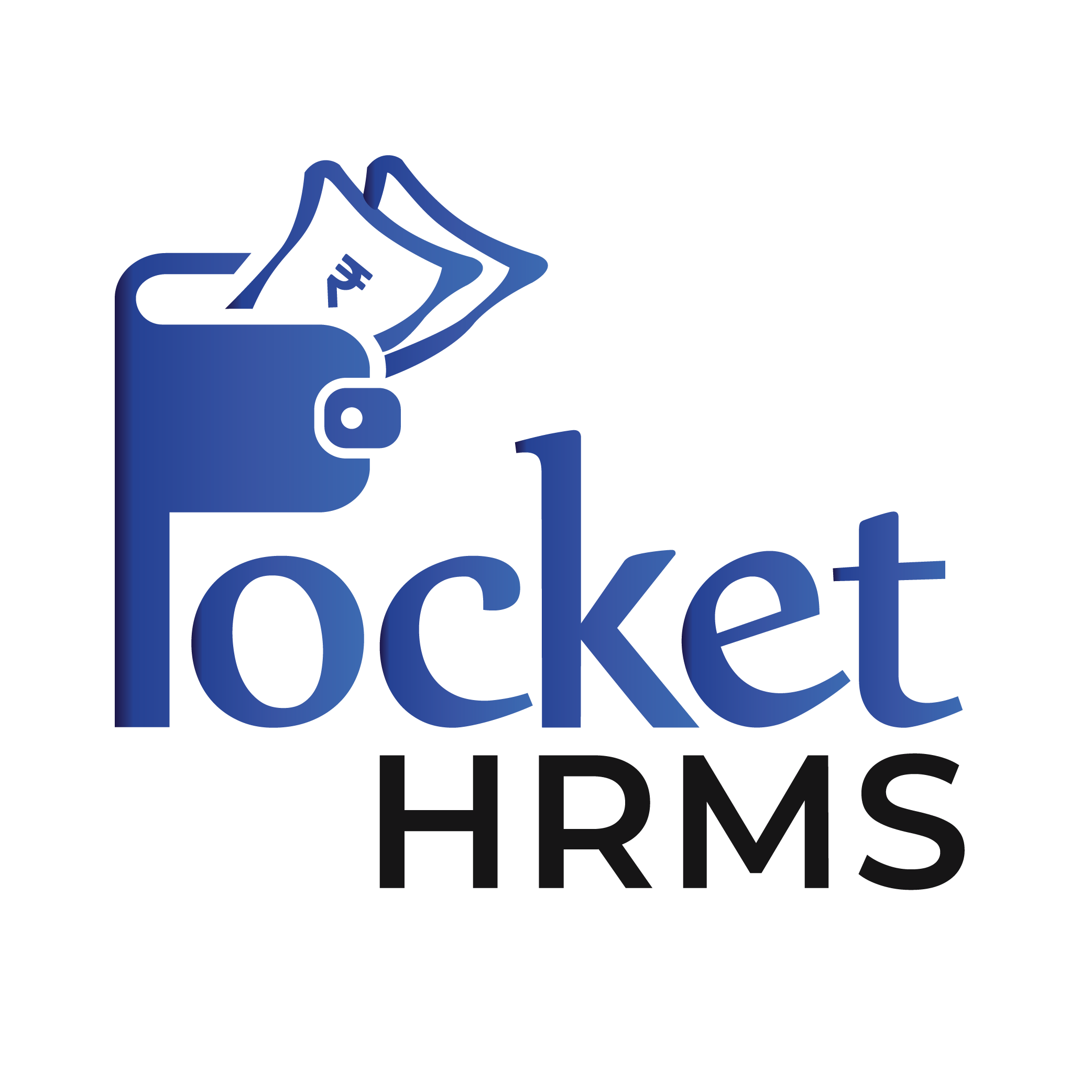What is a Job Description?
‘Job Description’ or ‘JD’ refers to the documentation that provides all the relevant information pertaining to a vacant position for the reference of the candidates searching for the same job position.
It lists out the duties, daily tasks, responsibilities, and qualifications required for the job position being offered. Usually, the job description is developed after a thorough job analysis to find all the factors affecting the job role.
It can also be used in performance analysis where it can be used to measure the employee’s performance against the one mentioned in the job description. This ensures that the employee is fit for the position.
▸Frequently asked questions (FAQs)
1. Why are job descriptions important?
Job descriptions are crucial in the recruitment and hiring process, as they offer a comprehensive overview of job responsibilities, qualifications, and expectations. They serve various purposes and provide several benefits:
- Clear communication: Job descriptions properly communicate to potential candidates the tasks and responsibilities of a position. Because of this transparency, potential employees can decide if they have the required knowledge and abilities.
- Recruitment and selection: By clarifying the essential needs and expectations, precise job descriptions help attract qualified individuals. They assist in the screening process, saving time for both candidates and companies.
- Performance expectations: Clear performance expectations are established in job descriptions to help employees understand their responsibilities. It helps to make things more clear, which boosts productivity and satisfaction among employees.
- Legal compliance: By offering a benchmark for evaluating the fairness and consistency of hiring practices, job descriptions assist organizations in complying with employment laws and regulations.
2. How to write a professional job description?
When crafting a professional job description, it is important to follow these steps:
- Job title and summary: Begin with a concise and accurate job title that reflects the position’s core responsibilities. Follow it with a brief summary outlining the purpose and objectives of the role.
- Key responsibilities: List the primary duties and tasks the employee will be expected to perform. Use action verbs to describe these responsibilities, such as “manage,” “coordinate,” or “develop.”
- Qualifications and requirements: Outline the essential qualifications, skills, and experience required for the position. Differentiate between mandatory and preferred qualifications to help candidates assess their fit.
- Reporting structure and relationships: Indicate the position’s place within the organizational hierarchy and specify the working relationships with other team members or departments.
- Salary and benefits: If appropriate, include information about the compensation package, benefits, and any other relevant details.
- Company culture and values: Highlight your company’s culture, values, and mission to attract candidates who align with your organization’s ethos.
3. What Is the Difference Between a Job Specification and a Job Description?
Following is the distinction between a job specification and a job description:
| Job description | Job specification |
| Job Description provides an overview of the responsibilities, tasks, and qualifications required for a particular role. It focuses on the “what” and “how” of the job. | Job Specification focuses on the qualifications, skills, experience, and attributes needed for a specific role. It details the “who” of the job. |
4. Some examples of Job Descriptions are:
- Human Resources Coordinator:
Job Summary: Support the HR department in various administrative and operational tasks, ensuring the smooth functioning of HR processes.
Key Responsibilities: Assist in recruitment and onboarding processes, maintain employee records, handle employee inquiries, and coordinate training programs.
Qualifications: Bachelor’s degree in Human Resources or related field, knowledge of HR policies and procedures, strong organizational and communication skills.
- Sales Representative:
Job Summary: Generate new leads, build and maintain customer relationships, and achieve sales targets.
Key Responsibilities: Prospect and qualify potential clients, deliver sales presentations, negotiate and close deals, and provide excellent customer service.
Qualifications: High school diploma or equivalent, 2+ years of sales experience, strong communication and negotiation skills, and ability to work in a target-driven environment.
Remember, job descriptions should be tailored to each specific position and organization, highlighting the unique requirements and expectations. Use these examples as a starting point and customize them according to your needs.


